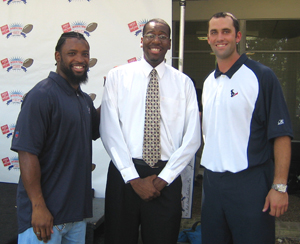Business gets hip to expansion of SCHIP
by Beth Finke
Those of us who have children with autism or other disabilities have an ongoing concern about the cost of health care and the availability of health insurance. Apparently, we aren’t the only ones.
Last week, an American Public Media radio show called Marketplace aired a story about the State Children’s Health Insurance Program (SCHIP) that surprised me. The story, titled “Children’s med plan has healthy support,” said the business community endorses the expansion of SCHIP.
Congress created SCHIP in 1997. SCHIP allows the states, with support from the federal government, to design insurance programs for children of working families. These families earn too much to qualify for Medicaid, but not enough to buy health care insurance on their own.
The House and Senate have approved different versions of legislation to continue SCHIP. The program is set to end this Friday, September 30, 2007.
Congressional negotiators have been working to sort out the differences in those two bills.
In recent days, there have been positive signs that a deal may be at hand. It is likely the
House will schedule a vote today, Tuesday, September 25 and the Senate on Wednesday, September 26.
Easter Seals has been working for decades to ensure that all children live healthy, happy and productive lives.
One sure way to help make this happen is to promote access to health insurance coverage for all children. To that end, Easter Seals supports the expansion of SCHIP.
And according to the Market Place story I heard, the business community supports it too. If the SCHIP program is expanded, businesses can hire more people without having to worry about paying high health care claims for the children of these workers.
You can listen to a rebroadcast of the story at the Marketplace Web site. While you’re there, check out the “Idea Generator” — Marketplace is looking for your ideas about making health care more accessible and affordable in the United States.







 The icing on the cake was the Houston Texans players –Â
The icing on the cake was the Houston Texans players –Â 